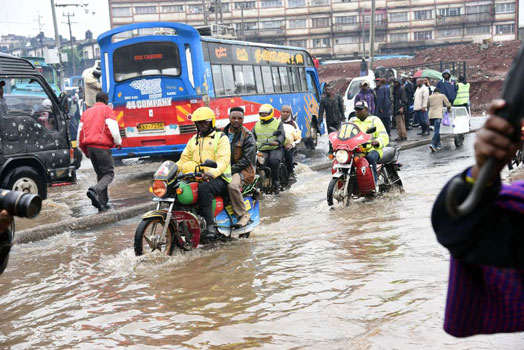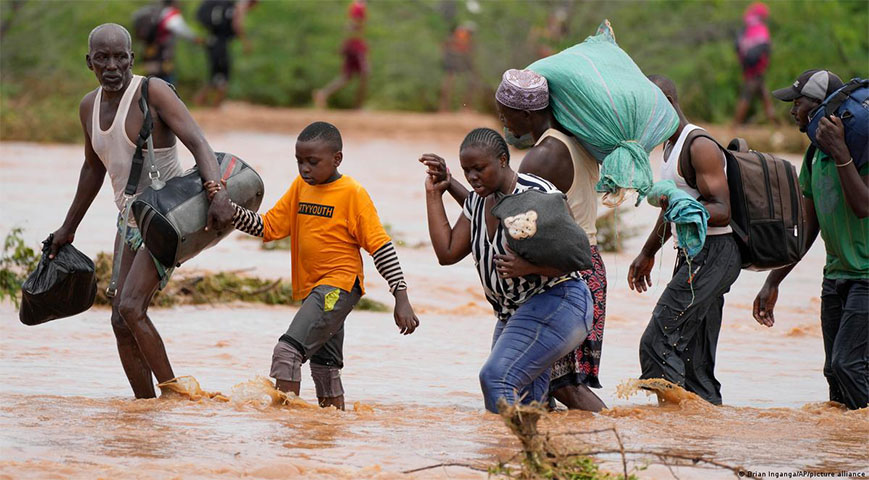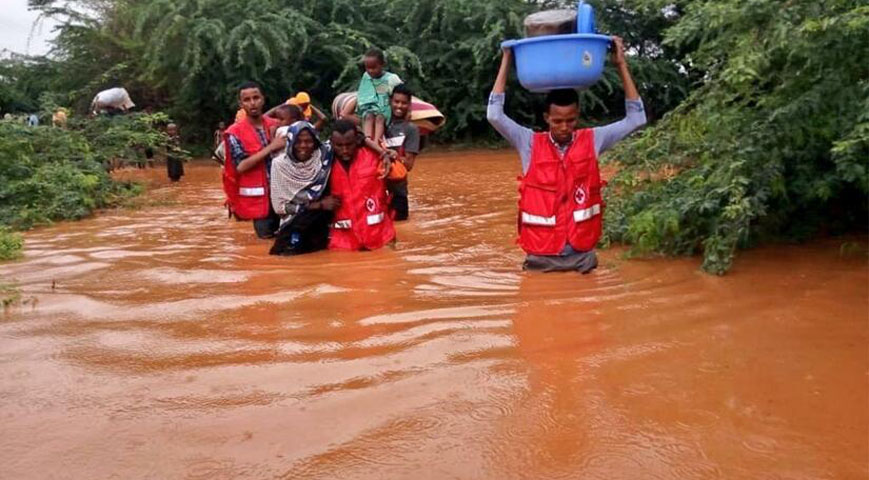The recent El Nio rains claimed the lives of 174 people across the country, including 133 adults and 41 children.
According to the National El Nino Emergency and Disaster Control Centre, heavy rains have also adversely impacted the agriculture sector.

"Affected were 84,568 acres of land and 6706 animals, primarily goats and sheep." This has had a significant impact on several counties, including Lamu, Tana River, Garissa, Mandera, Wajir, Homabay, and Kitui, posing a serious threat to food security," according to the statement.
Did you read this?
The announcement states that concentrated efforts are being conducted to rebuild damaged infrastructure. This includes repairing 7,878 impacted schools and allowing them to reopen.
Furthermore, the coordinated efforts of numerous agencies in disaster preparation and response have been critical in efficiently controlling the effects of El Nino precipitation.

“The number of displaced households has been reduced to 15,208 across 79 camps, a significant decrease from the initial 170 camps hosting 109,179 displaced households. The State Department of Special Programmes has distributed over 4,604.6 Metric Tonnes of food items in rice, beans, fortified flour and corned beef to affected Counties,” indicated the statement.
Furthermore, as Kenya recovers and transitions from El Nino and its implications, the Kenya Meteorological Department has urged Kenyans to expect sunny and dry conditions across most of the country until at least the end of January 2024.
However, scattered rainfall is forecast in some areas, including the Lake Victoria basin, the Southern Rift Valley, the South-Eastern lowlands, the Highlands East of the Rift Valley, and the South Coast region.









